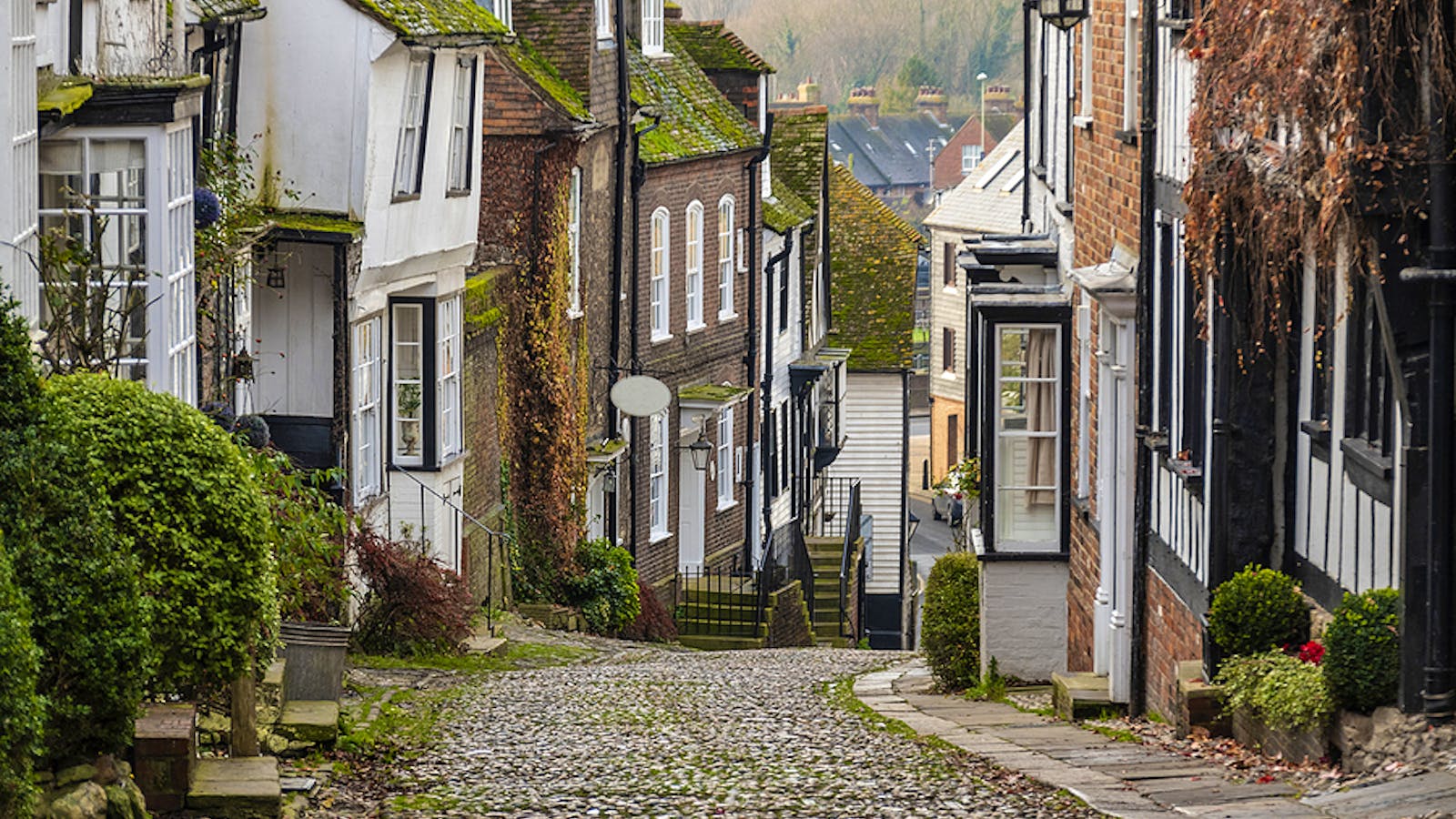If we didn’t already know how lucky we are to have such natural marvels on our doorstep, then the pandemic years confirmed our good fortune; for many, these landscapes were a lifeline, whether as a reminder of the beauty in the world or simply as places to go and gulp down large lungfuls of fresh air after being cooped up.
Not only do they offer places of solace, inspiration and singular beauty, as an organisation, National Parks pioneers projects to fight back against climate change. Its Net Zero With Nature scheme ‘includes plans to secure at least £239 million of additional funding to restore and protect forests, wetlands, meadows and peatlands within National Parks and surrounding areas. The 15 UK National Parks have made clear commitments on climate change and biodiversity goals and NZWN also describes how we will inspire and help our communities, visitors and UK plc to identify and commit to their own ambitions in this vital effort.’
Additionally, it is working on The Great North Bog, a peatland restoration project that covers 7,000 kilometres and is the UK’s equivalent to the rainforest as an asset in tackling the climate emergency. They say, ‘This 20-year project – including four National Parks, three Areas of Outstanding Natural Beauty and the proposed South Pennines Park – will vastly improve the UK’s ability to sequester carbon and enhance biodiversity. It will also reduce flood risk in the surrounding communities – helping tackle the symptoms of climate change as well as the cause. It will even improve the quality of drinking water whilst reducing the costs of supplying it.’ There is also a commitment to install an infrastructure that will allow all travel within the parks to be electric.
Whether you go for the day or base a whole holiday around one of parks, you will doubtless be rewarded, as demonstrated in National Park’s campaign video to #BeMore Outside.
#BeMoreOutside from National Parks UK on Vimeo.
Need more inspiration? GoOutdoors recently commissioned research that revealed our top three National Parks. These are the three make the cut (though, we must caveat, each one is important and exceptionally beautiful).
South Downs
This stunning part of the country stretches across Hampshire, East Sussex and West Sussex and attracts some 2.31m visitors per year. Designated a National Park as late as 2011, its status as such followed concerns about the fact that only four per cent of its old chalk grassland survives post war, as well as around the developments that were popping up like rashes across its undulating hills, rolling chalk downland, river valleys, ancient woodland and glorious heathland. To look gaze upon it is to look at a Ravilious painting made flesh.
Visit
While you’re in this neck of the woods, do not neglect to go to the Bloomsbury Set’s famous Charleston Farmhouse near Firle or indeed, to Monk’s House at the lovely village of Rodmell, former home of Virginia and Leonard Woolf. Those who enjoy a glass of English wine would do well to stop in at one of the vineyards dotted along the trail. We like a sparkling from the Rathfinny Estate, grown on the south-facing slopes of the Downs. The perfect accompaniment to watching the sun set on the hills.
Stay

The Star at Alfriston is the latest proposition by the ever-excellent Olga Polizzi, in whose portfolio is the equally lovely Hotel Endsleigh and Hotel Tresanton. ‘The best hotel in the south east’ according to The Times, The Star is housed within what was once a religious hostel built in 1345. Alfriston is one of the prettiest villages in the country, replete with village green, a lovely church, medieval pubs, tea rooms and an exquisite independent book shop. The perfect pitstop when walking the South Downs Way. Book it.
The Lake District
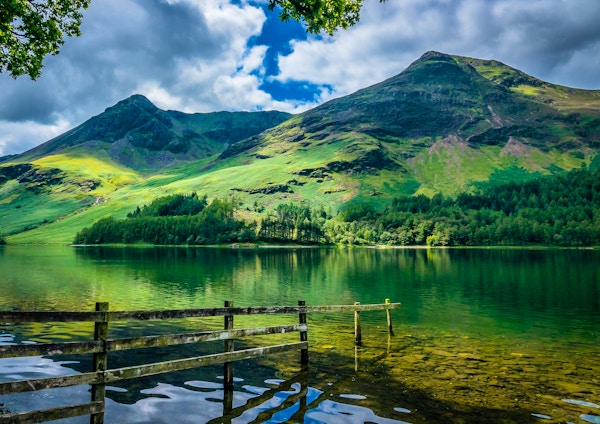
It comes as little surprise that Cumbria’s the Lake District should rank so high on the list of our favourite National Parks, attracting 2.17m annual visitors. It is, after all, a place of such wild and rare beauty that its glacial ribbon lakes and rugged fell mountains have earned it quite the raft of historic literary associations. Wordsworth, Coleridge, Ruskin and Thomas de Quincey were all hugely influenced by the ravishing nature they saw around them. Beatrix Potter, too, returned again and again to the place of her childhood holidays, its rich seam of inspiration eventually seeing her move here for good. Without it, she may never have created her beloved ‘little books’. And nor would she have become instrumental in safeguarding the area; when she died in 1943, she left 4,000 acres of land, including 15 farms, to the care of the National Trust. The Lake District was made a National Park in 1951 and a UNESCO World Heritage site in 2017.
Visit
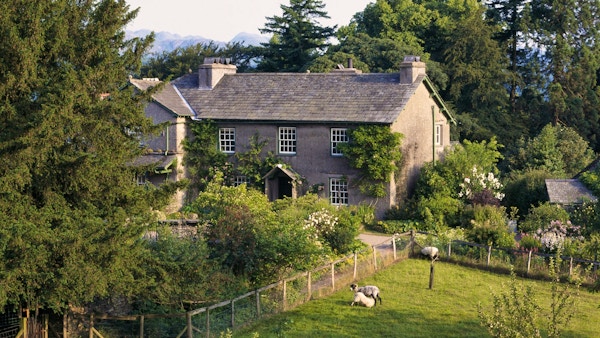
Do make time to visit Hill Top, Beatrix Potter’s home, which she bought with the royalties from the first of her little books, The Tale of Peter Rabbit. And while in the mood for exploring historic buildings, why not hop on a boat to Wray Castle, a Gothic Revival monolith that stands imposingly, turrets, towers and all, on the shores of Lake Windermere?
Stay
Another Place The Lake
The sister hotel of the ever-popular Watergate Bay in Cornwall, this exceptionally lovely proposition, right on the edge of Ullswater, is dreamy for adults and children alike.
Peak District
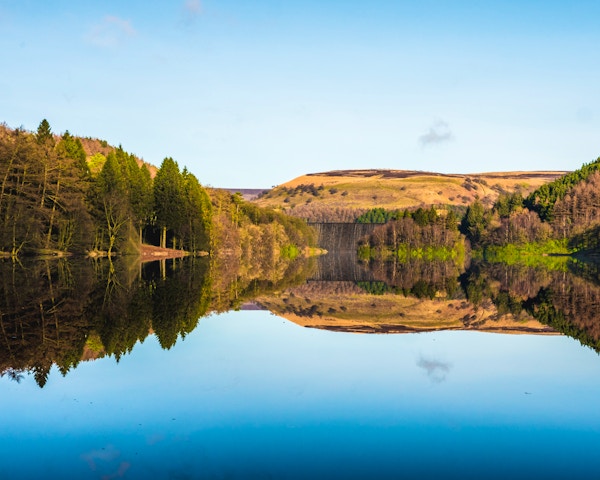
The Peak District National Park is spread across a vast area that covers Derbyshire, Cheshire, Greater Manchester, Staffordshire, West Yorkshire, South Yorkshire. It’s 1.77m annual visitors places it as our third most popular National Park to visit. It covers 555 sq miles and was designated its status in 1951, making it the very first of all the parks in the country. It divides neatly into three areas. As the National Geographic writes, ‘The Dark Peak features high moors covered with thick, dark peat. The White Peak, so named for its 300-million-year-old limestone filled with fossilized corals and other seafloor creatures, is a lower region of rolling farmlands. The South West Peak is a patchwork landscape of moors, woods, and pastoral valleys.’
Visit
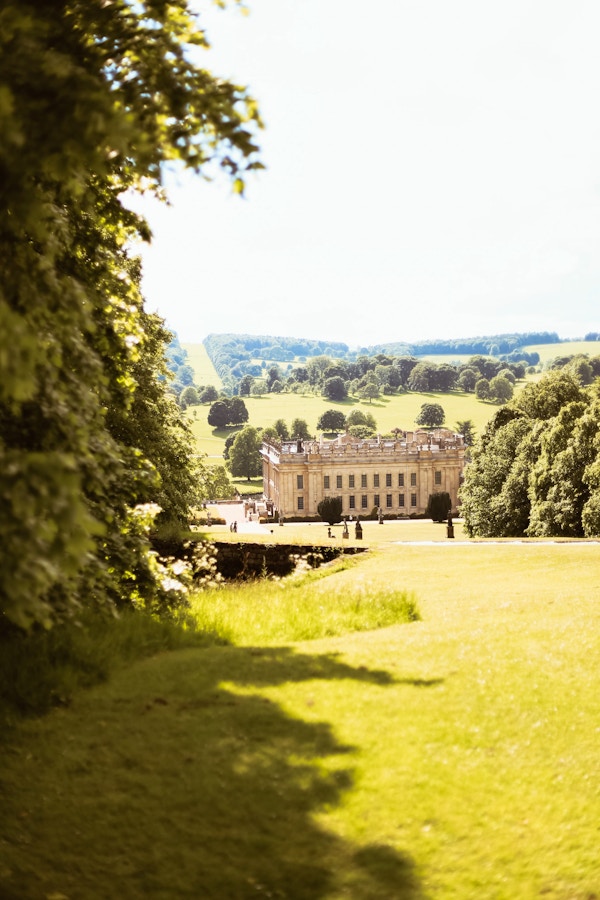
There are plenty of caves to discover, notably those of Castleton, of which Arthur Conan Doyle once said, ‘All this country is hollow, could you strike it with some gigantic hammer it would boom like a drum.’ Why not explore the amazing Winnats Pass on an underground boat journey, courtesy of Speedwell Cavern? Or, for a serving of delicious grandeur, do parade around Chatsworth, one of the finest houses in the country and home of the late Debo Mitford, aka The Duchess of Devonshire.
Stay
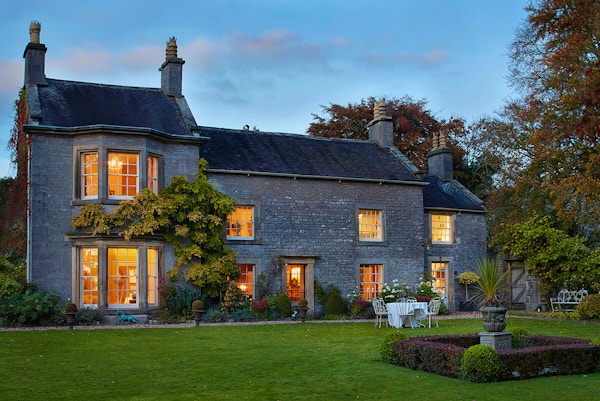
Alstonefield Manor’s cottages are amongst the very loveliest in existence. The location is perfect, as are the breakfasts and the simple yet stylish rooms. We recommend highly. Book it.
By Nancy Alsop
July 2022





